The Chakra model: the yogic map of personality
16In 2002 I went to the Seattle Yoga Conference with the sole purpose of meeting Gary Kraftsow. I loved his book Yoga for Wellness and wanted to study with him. So I signed up for every workshop he taught, except his Chakra Model presentation. Chakras just seemed “too out there” for my rational mind (at the time I didn’t know that Gary is a very rational person, as well :). So I went to some other asana workshop instead. About 10 minutes into that workshop I was bored to tears – it was same-old, same-old stuff that I have heard many times before. So I sneaked out and went to the Chakra workshop instead, hoping to kill time before the next session. That workshop turned out to be absolutely profound for me. I credit it with opening my eyes to deeper dimensions of yoga and linking the yoga practice to the very essence of who I am. I’ve been fascinated with chakras ever since.
I observe an interesting disconnect in many yoga practitioners, even those who have been doing it for a while. Very often yoga seems to be compartmentalized as “exercise with some psychological benefits”, resulting in comments like “I love the stretching and it helps me feel more calm.” That is awesome. However, the benefits of yoga can go much deeper than that – we can use it to effectively mold our very personalities. And the Chakra model is an excellent road map that shows us which parts of our personalities are underdeveloped, and which ones are overdeveloped. It closely corresponds with Maslow’s “Theory of Human Motivation” (also known as “hierarchy of needs”), which has been very influential in Western psychology since the 1940s. Let’s take a look.
In 1943 Abraham Maslow proposed “A Theory of Human Motivation”, where he attempted to explain why we (humans) do the things that we do. As opposed to psychologists who came before him and were mostly concerned with pathology, Maslow was wondering what constitutes positive mental health. He suggested that human beings are arranged like a ladder, with certain needs defining every step of it. You would need to fulfill the needs of each step to be able to climb onto the next one.
Here are the steps:
- Biological and Physiological needs – air, food, drink, shelter, warmth, sex, sleep, etc.
- Safety needs – protection from elements, security, order, law, limits, stability, etc.
- Belongingness and Love needs – work group, family, affection, relationships, etc.
- Esteem needs – self-esteem, achievement, mastery, independence, status, dominance, prestige, managerial responsibility, etc.
- Cognitive needs – knowledge, meaning, etc.
- Aesthetic needs – appreciation and search for beauty, balance, form, etc.
- Self-Actualization needs – realizing personal potential, self-fulfillment, seeking personal growth and peak experiences.
- Transcendence needs – helping others to achieve self-actualization. (from McLeod, Maslow’s Hierarchy of Needs)
Once you meet the needs of one step, you can climb up to the next one. If the needs lower on the ladder remain unfulfilled it would inhibit the person from climbing to the next step. Later it was theorized that the order of those needs can vary from culture to culture, from person to person, and can depend on circumstance, or your age.
Now let’s take a look at the Chakra model. The Chakra model is not as ancient as some people think. It comes from the Tantric tradition and was mostly described in a text called the Sat-Cakra-Nirupana (written by Tantrik Purnanda-Swami in 1577), and translated by Arthur Avalon, in his book, The Serpent Power published in 1919. It contains descriptions of the chakras and related practices.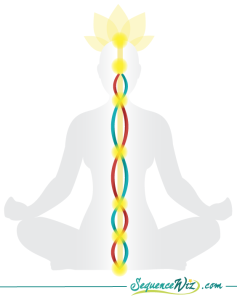
The Chakra model draws from a much older yogic idea of the nadis (energy channels). Yogis say that our energy balance is affected by the flow of energy along three major channels: ida, pingala and sushumna nadis, that run vertically along the spine. The Chakra model views the meeting places of all three channels as points of high energy concentration that form seven main chakras (the word “chakra” means “wheel” or “disk”).
I personally love the image that Anodea Judith uses to describe the chakras so that our modern minds could grasp it. Not so long ago, we used CDs (compact disks) to store important information: documents, photos, movies, etc. When you bought a program like Photoshop, it came on a CD that you then uploaded into your computer, which then enabled you to do stuff to your photos. Chakras are sort of like that – they store certain kinds of information on specific topics. For example, your Root chakra CD stores everything that has to do with your safety and security – all the ideas you have about it, all the experiences (pleasant and unpleasant), memories, associations, etc. If this program is running properly, you feel stable and secure. If it’s outdated, has bugs in it or is plagued by viruses, it will affect your day-to-day functioning, because you keep running the same program, even though it is not working for you. It’s like my Photoshop from 2010 – it kind of works, and it gets the job done, but it takes forever, it is full of glitches – all of which I have to put up with until I finally upgrade the software.
The Chakra model gives us a map that we can use to analyze what kind of baggage we have associated with each key area of our lives. Look at it – it very closely resembles Maslow’s hierarchy of needs. The order might be different, but the ideas are the same.
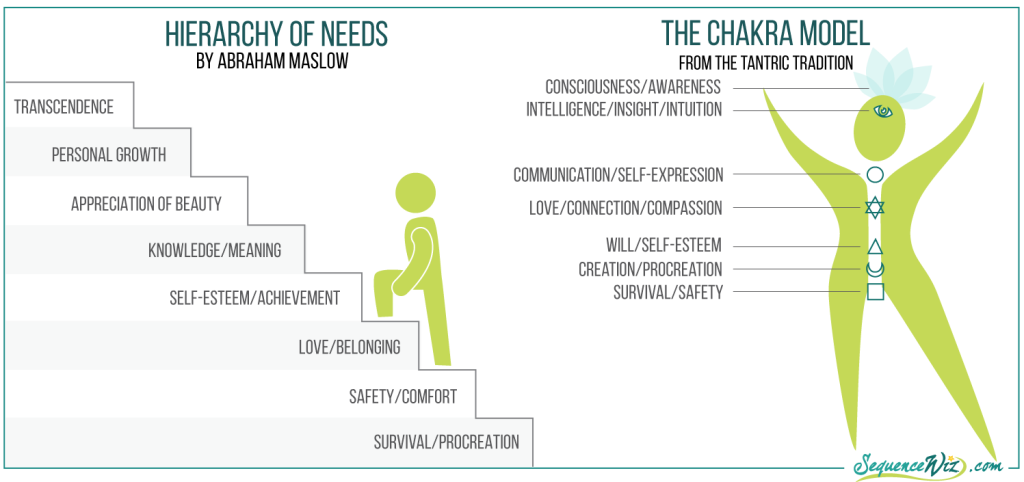 That is why the Chakra model is sometimes called the yogic map of personality. Just like Maslow’s hierarchy of needs, it maps the most important aspects of our mental health and optimal functioning. The biggest difference between the two is that according to the Chakra model, our energy moves up and down our central channels, and if some chakras are blocked or malfunctioning, it will affect the energy supply to the entire system. So the Chakra system is NOT arranged as a ladder – all the needs we have, all the programs we are running MATTER AT THE SAME TIME. Another important distinction of the Chakra model is that it not only shows us which parts of our lives are important, but also gives us tools to investigate the imbalances and correct them.
That is why the Chakra model is sometimes called the yogic map of personality. Just like Maslow’s hierarchy of needs, it maps the most important aspects of our mental health and optimal functioning. The biggest difference between the two is that according to the Chakra model, our energy moves up and down our central channels, and if some chakras are blocked or malfunctioning, it will affect the energy supply to the entire system. So the Chakra system is NOT arranged as a ladder – all the needs we have, all the programs we are running MATTER AT THE SAME TIME. Another important distinction of the Chakra model is that it not only shows us which parts of our lives are important, but also gives us tools to investigate the imbalances and correct them.
This what I like the most about the Chakra model – it’s proactive. We can use it to gain understanding about what’s happening in our bodies and minds, why we act the way we do, AND it also gives us the tools to fine-tune the parts of our personalities that prevent us from living happy, fulfilled lives. The kinds of practices we choose to heal ourselves are different for each chakra. There are more traditional yogic practices (as described in “The serpent power”), and more modern approaches from the perspective of Western psychology (like an excellent compilation of practices for each chakra in “Eastern Body Western Mind” by Anodea Judith).
Here is the tricky part, though. Once we begin to go deeper into our yoga practice and start working with different aspects of our personalities, the usual excuses for irresponsible behavior “That’s just how I am” don’t apply any more. We CAN CHANGE the way we are (if we wanted to). This is both a blessing and a curse (however you choose to look at it :).
![]()
Log in to your Sequence Wiz account to get The Chakra Model and Maslow’s Hierarchy of Needs handout
Go to Forms/Handouts on your Sequence Wiz home screen and you will find a pdf file of this handout. It’s yours to keep and/or give to your students.
Learn more about Sequence Wiz membership![]()

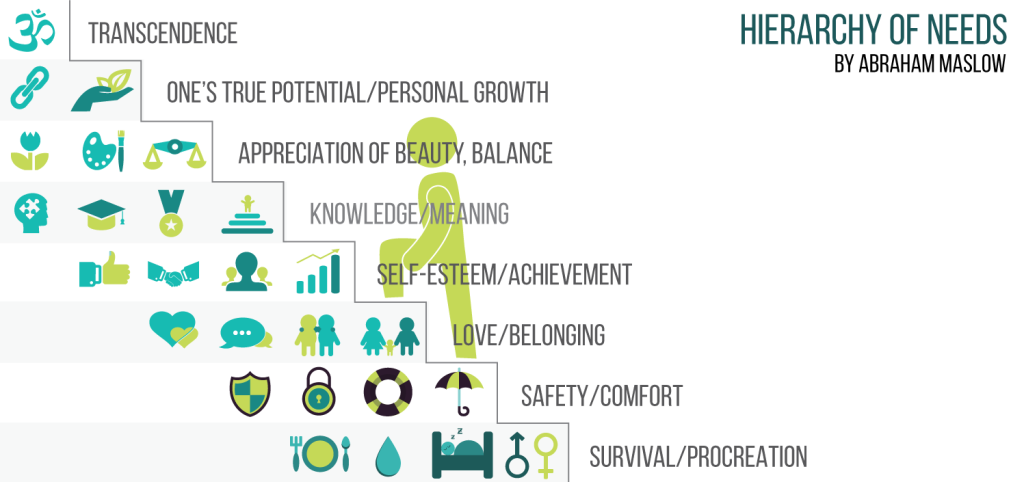
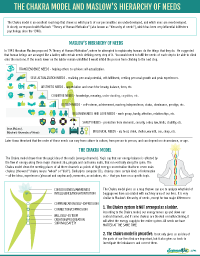
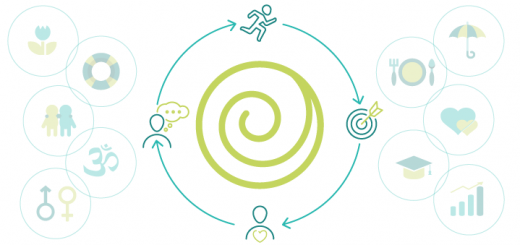
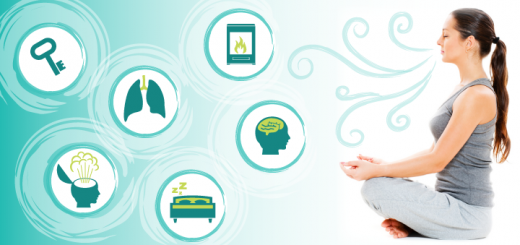
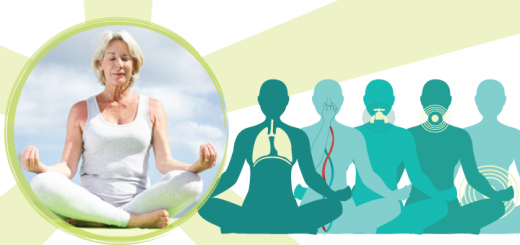
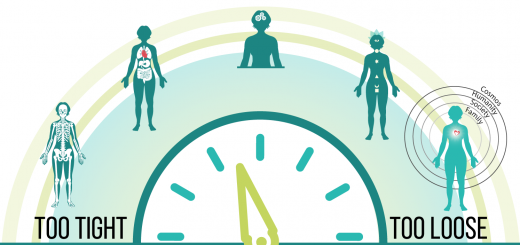















I’ve been teaching the cakra model in my classes! I love this post and so will my students. I’ll pass this along. They’ll benefit so much from your reflections, teachings and insights as do I. Keep up the really good work Olga. Sequence Wiz is such a great resource. xo
Thank you Amanda! Don’t you think that work like that adds a whole new dimension to the classes /private work? When used wisely, of course 🙂 We both wrote in the past about yoga verbiage 🙂
I always find your blog to be very intelligent and intuitive. I wish I could understand the Chakra side of things but ufortunately, it still seems too ethereal..
No worries, Erika, give it time 🙂 How do you feel about prana? That’s a good place to start. Also, somebody left a link to this kid’s video about chakras (from the Last Airbender) on my Facebook post, you might find it interesting:) https://www.youtube.com/watch?v=02FkMr21xOA
Thanks for your reply Olga. The problem for me with any spiritual aspect is that my parents were in and out of various religions/spiritual tradditions and then I became a Christian for many years but did not find truth or peace on that path. I find it difficult to have faith or belief in anything spiritual but I am absolutly craving that aspect from my life. I’m not sure about any of it to be honest but the YouTube video was interesting.
Hi Erika – I totally get it. One cannot just shop around for a spiritual tradition to embrace, it has to be a strong connection and much deeper meaning. Those of us who weren’t brought up in a specific tradition are kind of left adrift; yet that longing for connection to something larger then ourselves is considered the most important (at least in yoga). Good luck on your journey, I hope you find what you are looking for!
Thanks Olga. I’ll keep an open mind along the way 🙂
I totally understand what you are going through. I too was Christian for many years, 35 actually! I was raised in a Christian home. It never made me happy. I eventually had the courage to leave but my thirst for a practical spirituality was so strong. I followed my heart, which has led me to Zen Buddhism. I have been practicing now for about 3 years. The Zen that i practice is very spiritual, but also secular.
I wish you all the best on your journey.
Have to admit, when I first saw your newsletter in your inbox, I thought you have lost it. I always love how you are rational and not into the pixie dust of the yoga world, to me it’s like an evolution for yoga, the blend of eastern tradition with western scientific discovery. Surprisingly to me, I actually like what is presented in this post. And one thing I find closely resembling the chakras: our glands. Coincidental? We might never know. 😀
Ha, ha, ha Wing, I am happy to hear that haven’t lost it completely! 🙂 And I LOVE your expression “the pixie dust of yoga”, it is so accurate! I am not into that stuff. I just find it so interesting that we all have the same body, and even though the Eastern and Western views of it seem so different on the surface, once you dig a little deeper you find a lot of similarities. And I really like the gland idea, it makes so much sense; but I wouldn’t go as far as saying that chakras are exactly like glands – they are just in different planes of functioning. I am sure that’s what you meant, too. Anyhow, thanks for a good laugh!
Great post Olga! I especially love the honest comment about thinking cakras were “too out there for your rationale mind”…that totally resonated with some of my feelings and assumptions about the subtle body until I found the right teacher!
Finding the right teacher that speaks your language is the key, isn’t it? 🙂
What a great post! I am reading Wheels of Life by Anodea Judith at the moment and I find the chakra system really fascinating. It explains so much and gives a whole new level of depth to yoga and the physical practice!
I am a very rational person as well but yoga has taught me to feel more and think less 🙂
This is an excellent point Anne-Laure “to feel more and think less”! I remember reading a similar sentiment in one of my science books on brain activity: “We perceive ourselves as thinking creatures that feel, while in fact we are feeling creatures that think.” Makes a big difference in my book!
This was an interesting way to talk about the chakras–a grounded way that didn’t go off into outer space (that pixie dust place that Wing mentioned). And connecting it to Maslow: LOVE it! As a rationalist/materialist, I had such trouble during the part of my teacher training where we all had our chakras read. I was the only one in the room I think who really didn’t believe the pendulum being held above me was actually going to tell me anything about the non-existent cone-spirals of invisible colors along my body. I had heart trouble some years back, and when the pendumlum moved vigorously over my heart chakra, everyone was relieved. I just smiled and went along. Even if the pendulum hadn’t moved, I would have still known my heart was OK (I had just been to the doctor the month before!). Leslie Kaminoff helped me figure out how to think about chakras: as METAPHORS. This helped me a lot. I don’t have to think that they actually “exist,” but they are another story told about the body. I was actually shocked when he started talking chakras in a workshop as he is notoriously rationalist, but as he talked about chakras and other metaphors and how they connect to “western” science, light bulbs were going off. Not literal ones, of course, but more metaphors. 😉
Ha, ha, ha – I love that Lori Anne! That’s why my teacher Gary insists on calling those things “models” – Chakra model, Panchavayu model, etc. Model is not a thing itself, it’s a way to represent it and wrap our heads around reality. Same with chakras – they help us understand something about ourselves.